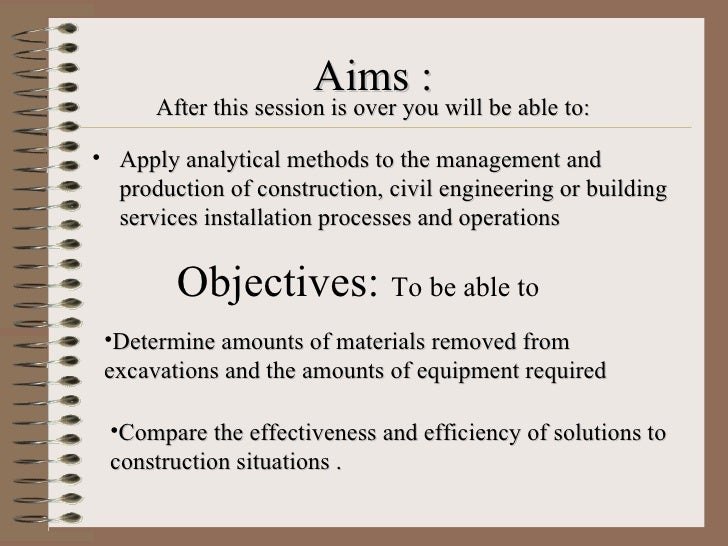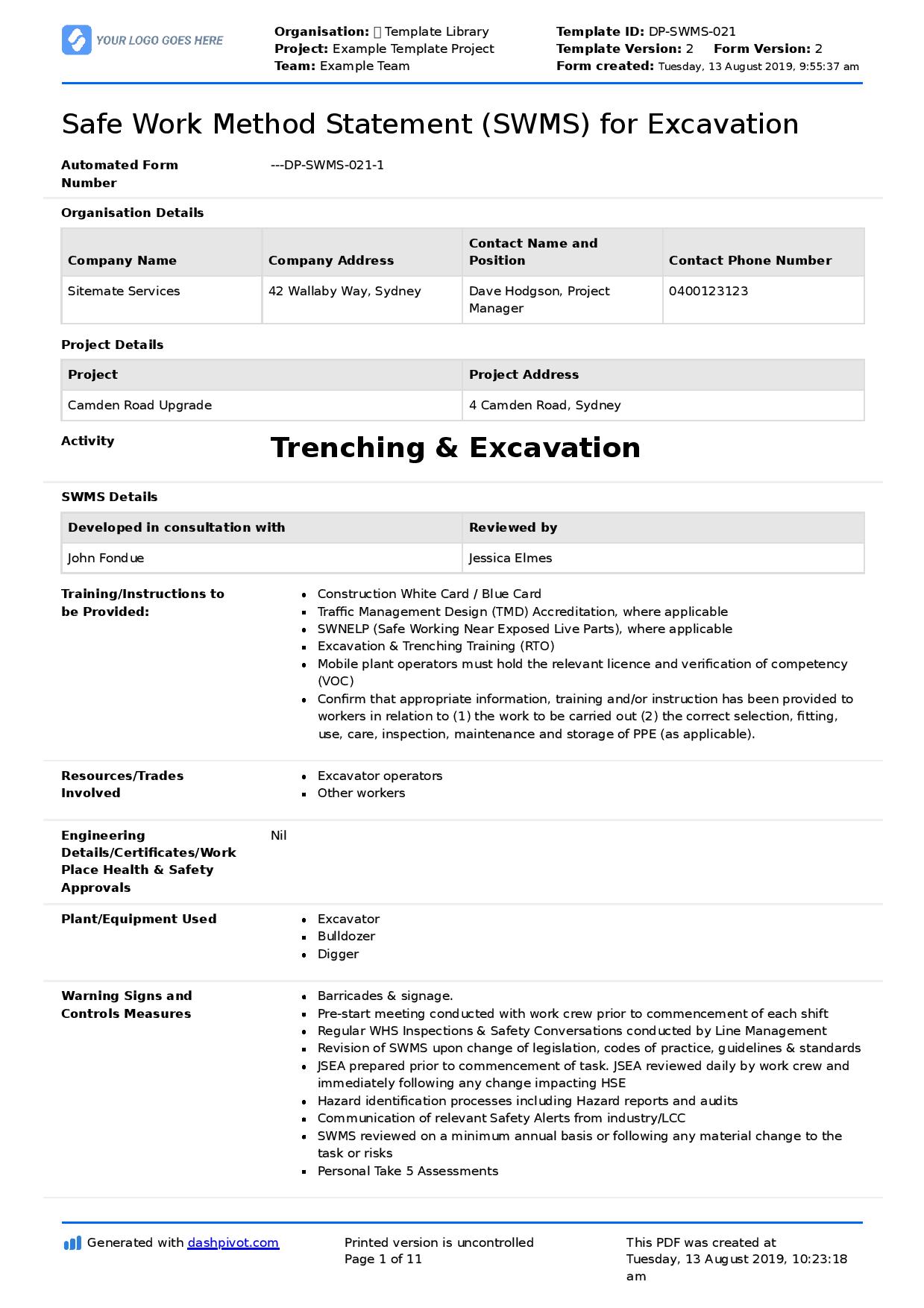The Basic Principles Of Excavation Companies
Wiki Article
Rumored Buzz on Excavating Contractors
Table of ContentsThe Best Strategy To Use For Excavation Contractors Near MeThe 30-Second Trick For Excavation CompaniesThe 8-Second Trick For DemolitionOur General Contractor PDFsThe Ultimate Guide To Excavator


Scrapers or Pans excavate soil in one location, haul as well as unload the dirt in another area (general contractor). It is challenging to match the performance of scrapers for cut/fill soil procedure if the haul distance is less then a mile. Scrapes are typically drawn by a rubber tire wheel tractor as well as are in some cases pressed through the cut location by a bulldozer.
There are lots of times that scrapes are not made use of for website grading and a dump vehicle is used: the haul might be to long, the haul might go across roadways where scrapes are not allowed, acid rock might be come across, tools schedule, and so on. Dump vehicles remain in usual use as well as most likely need little conversation.
"Rock body" beds, on the various other hand, have no tailgates and also can unload any kind of size rock, although their volume ability is lessened. Compaction Devices enhances the thickness of the dirt as well as in some cases gives a smooth, rolled surface area.
The Of Trencher
From a simple test pit to percussion boring to core drilling the proprietor has increasingly a lot more pricey choices that produce progressively much better data about the site underground. For instance, the Owner on a 100,000 SF structure project may authorize twenty uninteresting places with split spoon soil samples taken until rock is reached as well as then core samples of rock.Knowing the type and also top quality of rock (from the core samples) and location of rock (from the dirts boring) is a genuine advantage in jobsite planning. On the other hand, the Owner of a 100,000 SF structure may make a decision to proceed with no geotechnical testing whatsoever. The decision concerning geotechnical screening is usually made by a Proprietor without any input from the Building and construction Manager.
A knowledge of the approximate area of the rock assists the Construction Manager to plan the series of actions complying with rock excavation. If rock is in one corner of a huge building task, for instance, the planet excavation could begin at the contrary end of the building in order to start structure work soonest.
Starting the foundation job early would be a good suggestion if the rock might be removed by ripping. Nonetheless, if the rock is exceptionally difficult and calls for substantial blasting, it may be sensible to hold foundation job until the blasting is finished. The Construction Manager should collaborate these sorts of choices and also use all the technological day available.
Indicators on Grading Contractors You Should Know
Unclassified excavation specifies that all rock or various other unanticipated materials (excluding harmful products) run into in the sitework will be the responsibility of the Professional at no adjustment in agreement cost. An unidentified excavation is easier from a book-keeping standpoint and also puts the duty for geotechnical conditions onto the Sitework Contractor.It's impressive what a heavy rain can do to a building project. Prior to the rain, the site may be completely dry, hefty equipment successfully moving planet, the various other professions smoothly executing their job.
In most locations of the globe, the Building Supervisor have to remember a simple fact: IT WILL RAIN. Excellent preparation can lessen the damages and also disruption of a heavy rain to a jobsite. Frequently the excavation and also grading is entrusted to the Sitework Professional (and their Foremen is accountable to manage and route the heavy equipment as well as drivers).
Consequently the Building and construction Manager should be go now continually knowledgeable about what rain will certainly do to the task site. It is not unusual for the Sitework Supervisor to work their heavy equipment for optimal effectiveness as well as hope it doesn't rainfall. One of the most effective ways to prepare for rain is to incline all grades to drain pipes and also to smooth rolled the surface before a rainfall.
What Does Demolition Mean?
The Building Supervisor need to be perceptive enough to insure that heavy rainfall does not stop work on the job much longer than required. Daily discussions with Sitework Foremen may be called for to accomplish this objective. At any time excavation is required below the existing groundwater level on a project, the process of dewatering should be thought about.In a truly natural dirt, the water takes a trip so gradually via the clay or silt that dewatering is not typically required for the relatively short time of excavation. Dewatering may be required for a solitary ground excavation or for a whole job website. The most typical dewatering methods are trench drains, deep wells and well points.

Ground water seepage can also be lowered by cutoff techniques such as sheet piling. High dewatering prices have faded the earnings margins on much as well numerous projects.
This choice should always be considered when analyzing the possibility of dewatering. Undoubtedly the option is just feasible if gravity can run the water to site work contractors lower ground. Trench drains can be cut with a backhoe and also filled with a rugged, granular material (# 4 stone as an example), however treatment has to be exercised in selecting the water outlet type and area.
All about Excavator
A siphon, necessarily, utilizes air pressure to lug water from one altitude, up over a challenge, to a lower elevation. The pipes in a siphon system have to be impermeable and also some ingenuity is commonly needed to completely load the siphon pipe. The siphon pipeline need to be complete for the siphon to start.A deep well consists of a pump, hose as well as a vertical well casing. The pump consumption is at the bottom of the well covering (usually some smashed stone is put there as a filter tool) (general contractor). The water is inflated the tube, out of the well case, and to an ideal discharge place.
In a crude sand, for instance, a large residential excavation area can be pumped to near the pump consumption elevation. A much less permeable soil, on the other hand, reduces the effectiveness of a deep well. Because the pump is typically at the base of the deep well, there are no elevation restrictions as a result of vacuum lift, and also deep wells can lower the groundwater over 50 feet.
Under of the wellpoint there is a 2 foot long display and shutoff, water jets out of this valve as well as develops a hole into which the wellpoint pipeline can be decreased. This hole is commonly made a bigger size (for instance 10 inches) to permit a coarse sand backfill to help filter the water (general contractor).
Report this wiki page